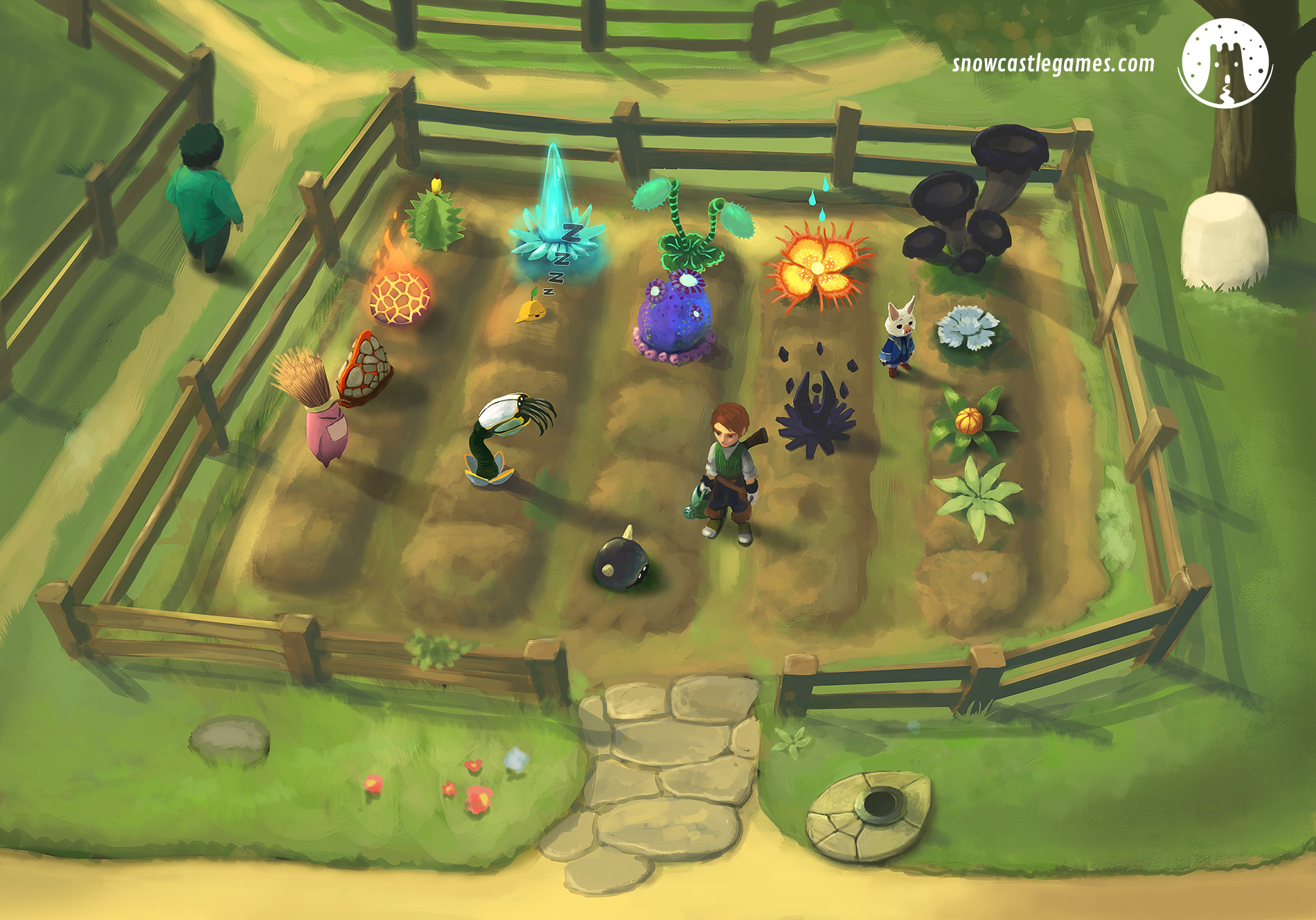

The first basis vector is the the normal for each contact - this is your UP vector. Once you are sure you have your points in the right place, you need to create three basis vectors for each point so that you can create your polygonal data.See the red line and P0 to P4 in the diagram below.

When you have two or more points, you can start drawing the skid - to begin with just draw it as a line list or line strip so you can visualize it.When in a skidding condition, every frame capture the contact point of the skid, and the normal of the surface contact point - you would probably already have this from the raycast/contact you used for your physics simulation.Just remember to keep the tris slightly above the actual terrain or you'll get Z-Fighting. But it shouldn't be that hard to compute the points yourself. 10 hours is heavily in favor of just buying it. You'll have to weigh the cost/benefits of doing this over buying one off the asset store. Third, you can manually construct a triangle strip yourself. (Now that I think about this, I think the LineRenderer component does the mesh construction in the component before it hits the shader: that'd be the better thing to fiddle with than trying to undo that with a vertex shader. Doing the reverse would be possible with some effort, though.

The one (and only) time I've done this kind of thing myself was to turn a 3D mesh into a collection of lines which did face the camera. You'd want to base it off the trail and line renderer system, although I can't say for sure where to start. Also search the store for anything purpose-built for tire tracks, I suspect someone's already done it.Īlternatively, you could create your own (vertex) shader to render the lines in the way that you want. The tracks left via decals likely aren't the best for a car, but might be "good enough" for your usage. One way would be to buy a decal system (there are a couple on the asset store for under $10, at least one which is free). There are a couple ways I can think of doing this, but I'm humming over which one would be the best. If enabled (the box is checked), the Trail color is modulated by the particle color.Ī curve to control the color of the entire Trail over the lifetime of the particle it is attached to.Ī curve to control the width of the Trail over its length.Ī curve to control the color of the Trail over its length.Well, the thing is, trail renderers (and the underlying line renderer) are supposed to face the camera. If enabled (the box is checked), the Trail lifetime is multiplied by the particle size. If enabled (the box is checked), the Trail width is multiplied by the particle size.

If not enabled (the box is unchecked) the remaining Trail expires naturally based on its own remaining lifetime. If enabled (the box is checked), Trails vanish instantly when their particles die. Instead, the Trail vertices are dropped in the world, and ignore any movement of the Particle System. When enabled, Trail vertices do not move relative to the Particle System’s GameObject, even if using Local Simulation Space. The repeat rate is controlled based on the Tiling parameters in the Material. When each new vertex is added to the Trail, it disappears after it has been in existence longer than its total lifetime.ĭefine the distance a particle must travel before its Trail receives a new vertex.Ĭhoose whether the Texture applied to the Trail is stretched along its entire length, or if it repeats every N units of distance. The lifetime of each vertex in the Trail, expressed as a multiplier of the lifetime of the particle it belongs to. Trails are assigned randomly, so this value represents a probability. Properties PropertyĪ value between 0 and 1, describing the proportion of particles that have a Trail assigned to them. Trails can be useful for a variety of effects, such as bullets, smoke, and magic visuals. This module shares a number of properties with the Trail Renderer component, but offers the ability to easily attach Trails to particles, and to inherit various properties from the particles. Add trails to a percentage of your particles using this module.


 0 kommentar(er)
0 kommentar(er)
